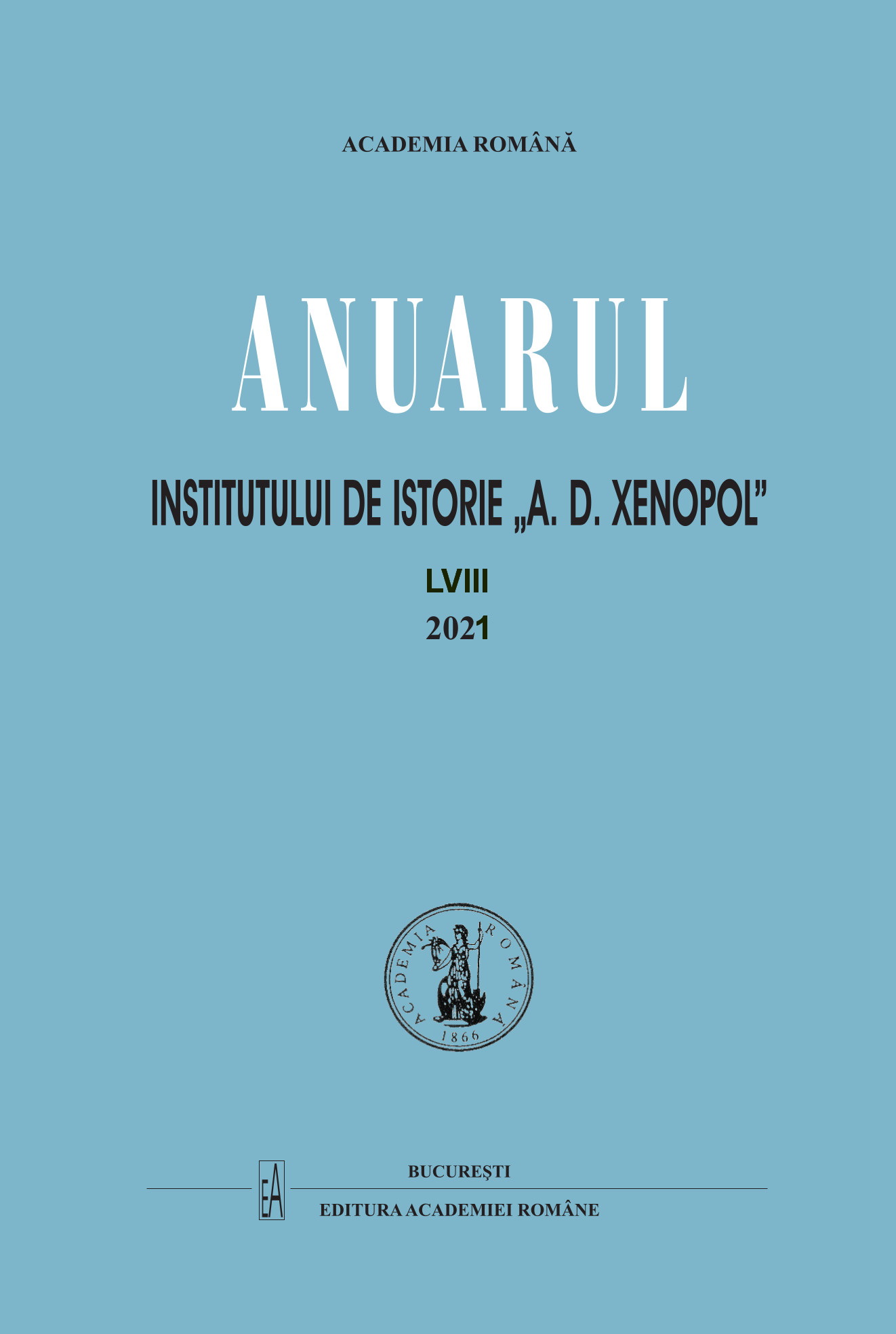« LES DIPTYQUES DE ZOGRAPHOU ». DE NOUVELLES INFORMATIONS SUR LES RELATIONS DES ROUMAINS AVEC LE MONASTÈRE DE ZOGRAPHOU DU MONT ATHOS (DÉBUT DU XVe – DÉBUT DU XIXe SIÈCLE)
“THE PRAYER BOOKS OF ZOGRAPHOU”. NEW INFORMATION ON THE RELATIONS BETWEEN ROMANIANS AND THE ZOGRAPHOU MONASTERY OF MOUNT ATHOS (EARLY 15th – EARLY 19th CENTURY)
Author(s): Petronel ZahariucSubject(s): History, Cultural history, 17th Century, 18th Century
Published by: Editura Academiei Române
Keywords: Mount Athos; manuscript; medieval period; Romanian Principalities; Zographou;
Summary/Abstract: During the last few years, the author has been working on the processing of the Romanian documentary collection hosted by the archive of the Holy Zographou monastery on Mount Athos, leaving for later the study of its rich collection of manuscripts. At this point, starting from the repertory of Slavic manuscripts, elaborated by Božidar Rajkov, Stefan Kožucharov, Heinz Miklas, and Christo Kodov, the author began the research of this collection hosted by Зографска електронна научно-изследователска библиотека, at the “St. Kliment Ohridsky” University of Sofia. The author has discovered that the relations between the Romanian Principalities and the Zographou monastery, having debuted at the end of the 14th century, were far richer than suggested by the research of documents of donations made by Romanian princes and boyars and of documents pertaining to Moldavian metochions. The research of this manuscript enriches considerably the knowledge on the relations between Moldavia, Wallachia, and even Transylvania with the Zographou monastery. Thus, the author has brought new information (from the early 15th century to the first decades of the 19th century). The collection comprises manuscripts in Romanian, with Cyrillic characters and Latin characters, hosted by the Zographou monastery, which father Athanasie had the kindness of showing the author in November 2019, comprising around 50 manuscripts, from the late 18th to the 19th century (copies after translations of works penned by the Holy Fathers, household notes, prayer books, etc).At the same time, in the collection of Slavic manuscripts (including almost three hundred manuscripts), some have a Romanian origin (they may date from the 15th through the 18th century). Thus, an estimate made in 1991 by Virgil Cândea, based on the Bulgarian bibliography, determined the existence of 23 manuscripts (among which some should be explored in detail to determine the extent to which they were written in the Romanian Principalities or by Romanian monks). Thus, from 2018, the author has begun exploring this collection of manuscripts, though some of themwere commented and they entered the scientific circuit a long time ago, mostly through the studies of Emil Turdeanu. Among them, there is a famous Tetraevangelion donated by Stephen the Great to his Borzești foundation (it arrived somehow to the library of the Zographou monastery). There are also two manuscripts (a Minei for May and the Book of Psalms), written in the Zographou monastery by a monk born in Moldavia: Chiril Hluboceanul, “the son of Ursul, from the lineage of hetman Orăș”.At the same time, the author does not feature here these manuscripts or others similar used in the liturgical service (though they may provide great surprises). The author deals with a particular category of manuscripts – prayer books – related to the religious services, of which little has been written thus far.
Journal: Anuarul Institutului de Istorie »A.D. Xenopol« - Iaşi
- Issue Year: LVIII/2021
- Issue No: 58
- Page Range: 521-562
- Page Count: 42
- Language: French

